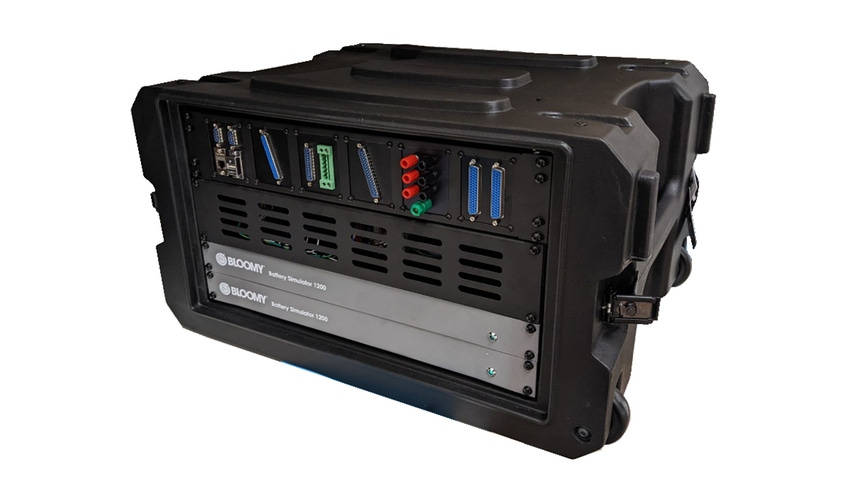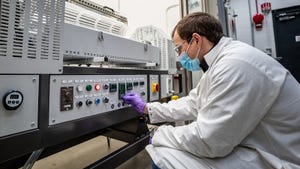Desktop HIL Test System Empowers Multi-Person Battery Engineering Teams
‘Desktop BMS’ brings the rigor of a hardware-in-the-loop (HIL) design validation lab onto the desktops of multi-person, multi-site BMS development teams.

Bloomy Controls Inc. has released a hardware-in-the-loop (HIL) battery-simulating test system designed to brings the rigor and discipline of a HIL design validation lab onto the individual desktops of multi-person, multi-site development teams. The system, dubbed Desktop BMS, increases the accessibility and convenience of HIL testing, effectively increasing productivity and reducing time-to-market of battery electrification development projects, whether for electric vehicles (EVs), drones, electric vertical takeoff and landing (eVTOL) vehicles, or satellites, robots, and commercial power tools.
Desktop BMS is a smaller, more compact and transportable version of Bloomy’s full and flex BMS HIL test systems. The system simulates 12–36 battery cells, temperature sensors, and digital communications using real electronic signals. In large applications, such as BEVs, these signals simulate a centralized or distributed battery module in order to test the electronics and embedded software of any battery-sensitive electronic systems including the battery management system. In smaller applications, such as drones, light mobility vehicles or power tools, the system simulates the entire battery. Combined with the company’s Battery HIL Software Architecture, the user can configure manual as well as fully-automated test scenarios, including simulated drive cycles and fault-case scenarios.
Dedicated and decentrilized
The new system allows every battery software, firmware, and hardware development engineer to have their own dedicated HIL simulator on their desk—always 100% available. This eliminates inefficiencies due to HIL lab resource sharing. Further, it enables a decentralized battery engineering team.
HIL validation testing is the de facto industry standard for control system validation testing because it maximizes test coverage, including scenarios that are dangerous or impossible to test on the actual vehicle or plant. Battery systems have the added danger and complexity of overheating, state of charge (SoC) and state of health (SoH) conditions that are application and chemistry dependent, which can be readily simulated using models and HIL. Algorithms that detect and estimate these conditions on a battery system must be thoroughly tested and optimized for each application.
The system utilizes Bloomy’s Battery Simulator 1200 popular battery cell simulator. The instrument has 12 simulated cells in a 1U package that sink and source current similar to a real battery. It’s designed to be a safe, fast, and efficient means for simulating a battery. In addition, the system has DSUB connectors and the company’s BMS HIL Software Architecture for fast setup and configuration of test scenarios. Users may implement their own cell model, or utilize Bloomy’s parametric second-order equivalent circuit model.
About the Author(s)
You May Also Like





